Advancing Care for Traumatic Spine Injuries
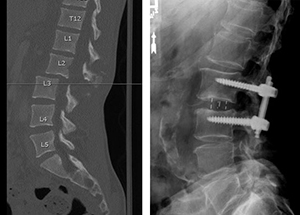
Treating patients with traumatic spinal cord injuries has significant challenges, in large part because of the potentially severe and life-altering effects these injuries can have. Despite recent progress in finding the best way to treat spinal cord damage, many patients are left with profound disabilities. Additional research, both in the lab and the clinic, is vital.
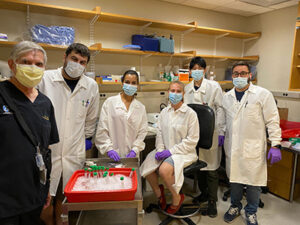



 Clinical studies for new drugs and vaccines, including the recent trials that led to the approval of COVID-19 vaccines, generally exclude women who are pregnant or lactating. For that reason, little is known about how hormonal changes affect drug pharmacokinetics and pharmacodynamics.
Clinical studies for new drugs and vaccines, including the recent trials that led to the approval of COVID-19 vaccines, generally exclude women who are pregnant or lactating. For that reason, little is known about how hormonal changes affect drug pharmacokinetics and pharmacodynamics.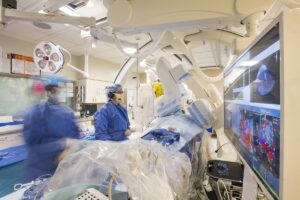
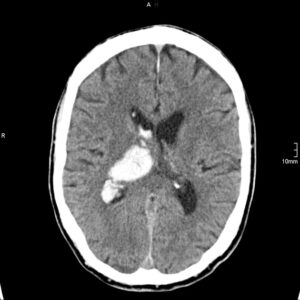

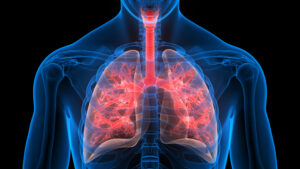 Hospitals across the country pushed the pause button on elective surgeries and non-emergency procedures during the early days of the COVID-19 pandemic. However, patients requiring lifesaving organ transplants couldn’t wait. To meet these patients’ urgent needs, the transplant team at the Brigham and Women’s Hospital
Hospitals across the country pushed the pause button on elective surgeries and non-emergency procedures during the early days of the COVID-19 pandemic. However, patients requiring lifesaving organ transplants couldn’t wait. To meet these patients’ urgent needs, the transplant team at the Brigham and Women’s Hospital